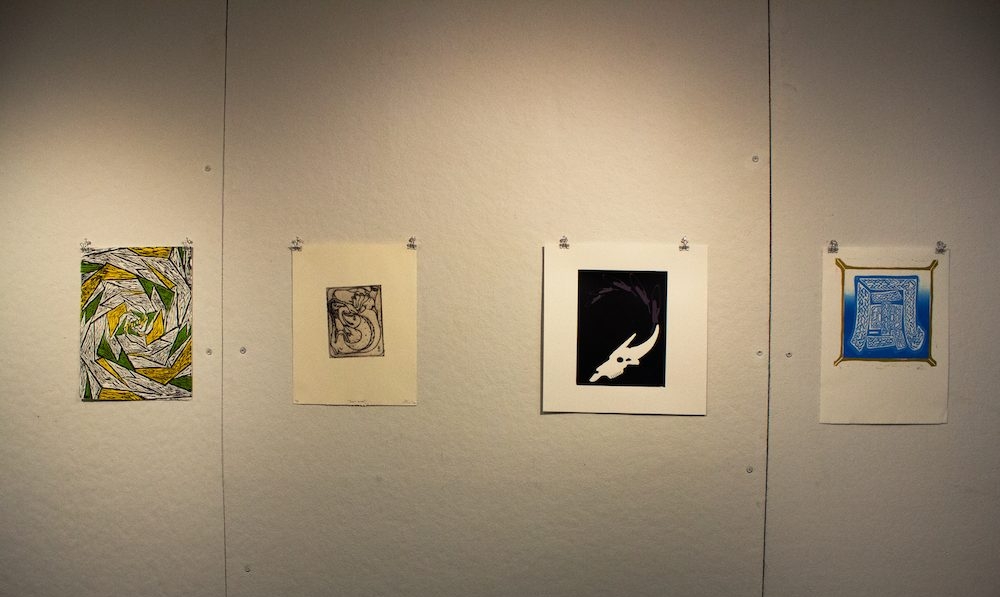Maryland was one of the first states to be called for Hillary Clinton. Ten Electoral College votes went to Clinton, who took the state (but ultimately not the presidency) with a similar margin as Obama in 2012: 60.5 percent of the vote, while 35.3 percent went to Donald Trump.
Four years ago, Obama carried the state with 61.7 percent of the vote, with 36.6 percent going to Mitt Romney, based on numbers from Politico.
Out of Maryland’s 23 counties and Baltimore City (which is considered a county-equivalent), seven saw a Clinton lead. They were Anne Arundel, Baltimore, Baltimore City, Charles, Howard, Montgomery and Prince George’s. Baltimore City, Montgomery and Prince George’s Counties had the biggest percentage difference between candidates, with Clinton taking 85.4 percent, 75.9 percent and 89.3 percent of the votes in those counties, respectively. Conversely, Donald Trump carried Allegany and Garrett Counties, with 72 percent and 79 percent of the votes respectively.
Despite taking Maryland’s Electoral College votes, Hillary Clinton struggled in certain counties in the state. Anne Arundel County was almost evenly split, with the difference coming down to the decimals: 47.8 percent voted Democrat, while 47.1 percent voted Republican. Frederick County was also a close race: 48.5 percent of the votes went to Republican candidate Donald Trump, while Clinton took 45.1 percent, which ended with the county going red on Maryland’s election map.
Maryland’s blue center flanked by red came as a shock to some residents. Maria Delgado, a young resident of Montgomery County voting for the first time, was surprised by some of the results in her state.
“In my area, you barely see any Trump supporters. I had this image of Maryland as this staunchly Democrat state, so I was really surprised when I went on CNN and saw all that red. Shows what I know.”
Hillary Clinton’s percentage of votes in Maryland is equivalent to just about 1,500,000 people, compared to Donald Trump’s 873,000. Taking counties such as Montgomery, Prince George’s, Baltimore and Baltimore City ultimately worked to her advantage, due to their high population density. Socio-economic differences also mirrored some of the country’s larger divisions. Garret County, overwhelmingly pro-Trump, has a population that’s composed of about 97 percent White people, with a median income of around $45,760, according to the US Census from 2010.
Conversely, Montgomery County, one of the nation’s most affluent counties, has a median income of about $93,373 and 62.6 percent of its residents identified as White on that same year. Prince George’s County also reported a higher median income at around $71,260 and 64.4 percent of its population identified as Black or African American.
The Senate and House races in the state were not as close to the presidential race. Chris Van Hollen (D) won 65 percent of the vote for the Senate seat, beating Republican contender Kathy Szeliga, who got 36 percent of the vote. All of Maryland districts were won by Democrats, with the exception of District 1, where Republican incumbent Andy Harris took 60 percent of the vote.
While the presidential elections have shaken the nation to its core, Baltimore City residents can expect a smoother transition: after current mayor Stephanie Rawlins-Blake decided not to pursue reelection, Democratic nominee Catherine E. Pugh won the city’s mayoral race, largely by vowing to continue and improve on Rawlins-Blake’s programs and initiatives.

